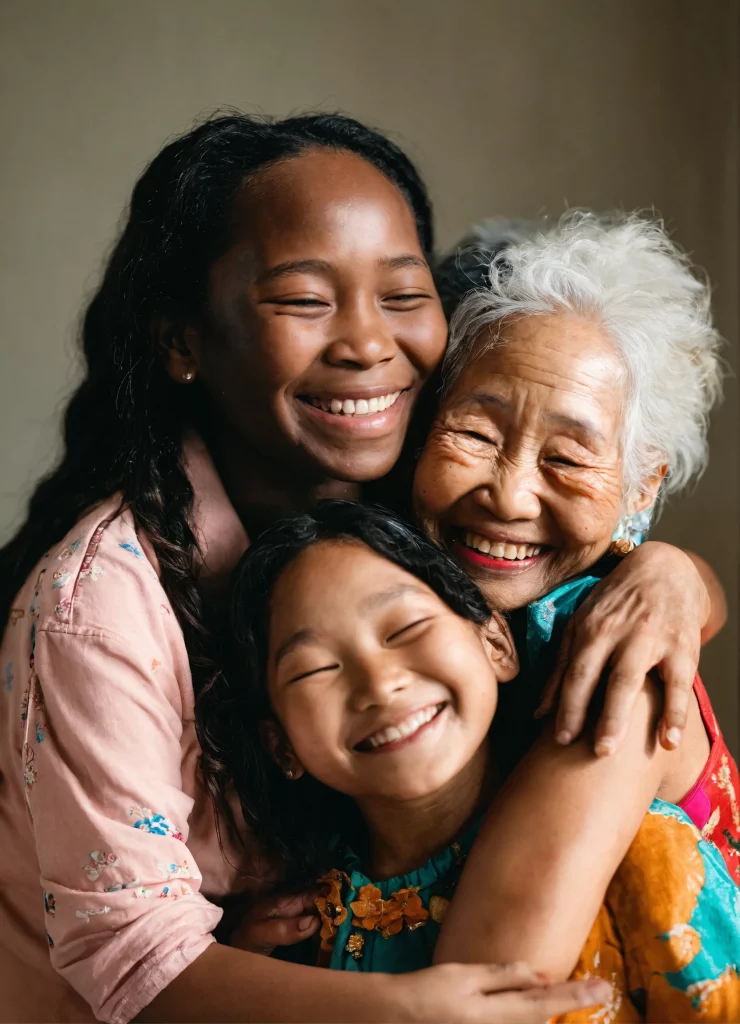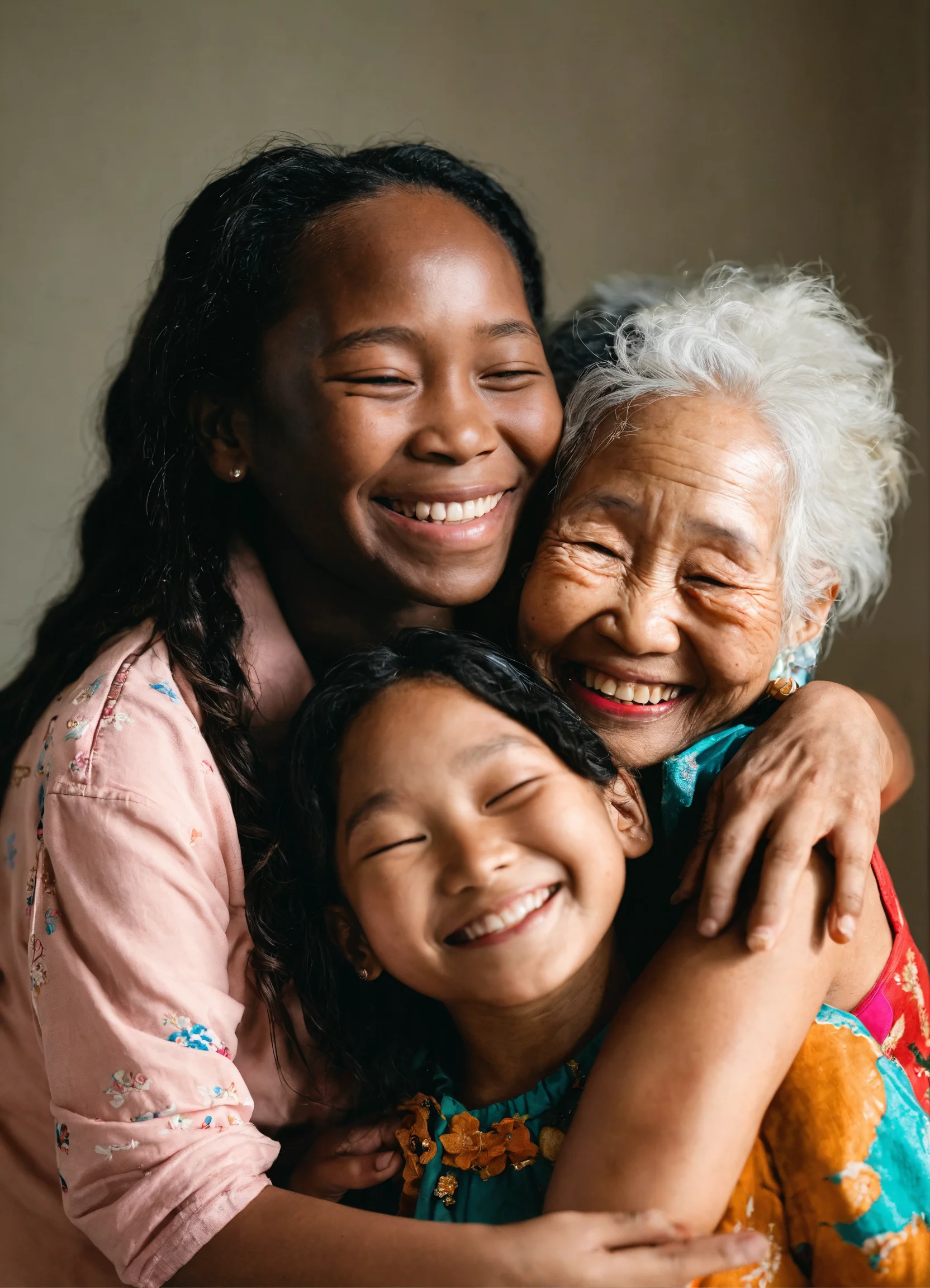Have you watched Sex and the City 2? In the movie, Samantha actively battles menopause, trying to regain her libido with the help of hormonal creams. Samantha is over 50, and the cause of her troubles is low estrogen levels. This hormone is the driving force of the female body (okay, men have it too, but today we’re focusing on women).
Thanks to estrogen, girls develop breasts and grow pubic hair; this hormone regulates our menstrual cycle and sexual desire, and it affects the entire reproductive system. In prepubescent girls, estrogen levels are quite low, but with the onset of puberty, the ovaries ramp up its production. It’s during this time that estrogen levels, along with progesterone and testosterone, increase. However, as we age, things get worse: there is very little of it left. Why is this important? Because estrogen is a key factor in women’s health, influencing everything from the brain to hair, the uterus, bones, and skin.

Between 30 and 40
If you’re under 40 and reading this, you might be thinking, “Yes, I’ve heard that as women age, menopause and its consequences await: hot flashes, mood swings, vaginal dryness, and low libido. But I’m only 25/30/other age – so I don’t need to worry about this yet.” It turns out, that’s not entirely true. Expect perimenopause – the time frame of two to five years before menopause. Not to mention that declining estrogen levels can make themselves known even earlier: first around 30, and then after 35 years. Uzzi Reiss, an obstetrician-gynecologist and author of the book The Good News About Estrogen: The Truth Behind a Powerhouse Hormone, writes that for women of previous generations, even menopause at 50-55 was unusual. Today, due to various factors, it can occur at 38 – and it wouldn’t surprise anyone.
Estrogen and Skin
While we know the processes that affect skin aging, we rarely connect changes in our appearance with estrogen deficiency. “As women approach perimenopause and then menopause, estrogen levels naturally decrease throughout the body,” reminds Uzzi Reiss. “Women are usually ‘informed’ about the impending vaginal dryness but are not always prepared for changes in their skin. Low estrogen levels are associated with slower skin cell renewal, increased TEWL, impaired barrier function, changes in pH, and reduced collagen production. This makes the skin less elastic, leading to dryness, wrinkles, and decreased turgor. Visually, these signs may manifest as a sagging chin, a flat face, deepened nasolabial folds, thinner lips, and longer-looking noses and ears. By the way, estrogen also affects bone resorption (simply put – the breakdown of bone tissue). The hormone slows this process. The less estrogen we have, the worse our bone strength.”
What to Do
Many companies are taking on this challenge – both cosmetic (Biopelle, Gennev) and medical. Hormone replacement therapy (HRT) is used to treat estrogen deficiency and other menopause symptoms: orally, through injections, vaginal rings, suppositories – or topically, in the form of creams (Uzzi Reiss notes that this is especially relevant for people suffering from vaginal dryness, as well as for transgender individuals undergoing hormone replacement therapy).
As for the skin, dermatologists advise focusing on hydration (and switching to richer creams as you age), as well as incorporating ingredients into your routine that stimulate collagen synthesis – retinol, vitamin C, and/or peptides. And, of course, SPF.


Leave a Reply